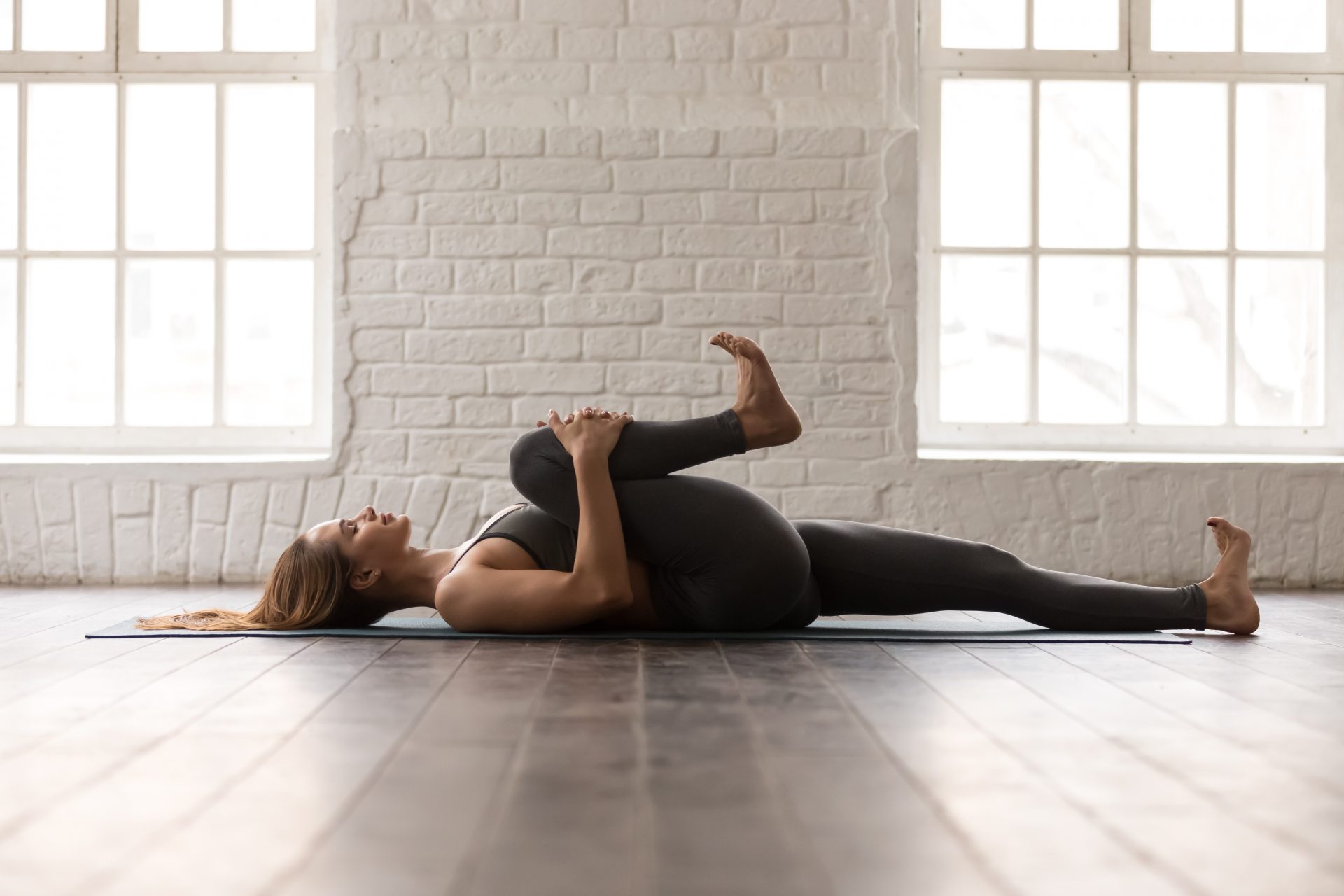Is lower back pain affecting your day-to-day activities? These psoas stretches could help.
According to the National Institute for Health and Care Excellence, up to 60% of adults can expect to experience low back pain at some time in their lifetime.
If you’ve already started to get the odd niggle, you’ve probably added some lower back-specific stretches into your routine. But your pain might be caused by a smaller, harder-to-stretch muscle: the psoas.
The psoas is the biggest and (ideally) strongest part of the hip flexors, a group of muscles that surround your pelvis. The psoas itself wraps from your lower back to the top of your quad, so is used anytime used you lift your leg (eg when walking, running and lunging). But it’s not just these activities that put pressure on the muscle – sitting down shortens the psoas, which can lead to tightness.
You may also like
Stretching: 4 hip flexor stretches to reduce tight and sore hips
“Tightness can be caused by two extremes: either too much impact (excessive exercise) or too little movement (sitting down for extended periods),” explains personal trainer Nancy Best, founder of Ladies Who Crunch.
Because the muscle is connected to the lower back, studies show that tightness in the psoas impacts the stability and mobility of the lumbar spine, leading to reduced mobility and pain in the spine and hips.
How to stretch the psoas
“As the muscle is located deep within the body, it can be tricky to engage,” says Best. “You might not feel it immediately in the same way as you might with a shoulder stretch, for example, but with the correct alignment of your pelvis, you should feel a release.”

She recommends trying these stretches…
Knee to chest stretch
1. Lying on your back with your legs extended straight, bring one knee into the chest.
2. Keep your pelvis pressing into the ground to maintain a straight back and feel the stretch through the bottom of your back and into the glute on the bend knee, as well as down the front of the extended leg to work 360 degrees into the hip flexors.
Low lunge hip flexor stretch
This primarily targets the front of the hip, but as all of these muscles are interconnected in the hip flexors, it is a useful one to reach the deep psoas.
“We also need to search for strength to counteract the tightness, so strengthening your glutes is helpful to improve lower back stability,” adds Best. Think squats, deadlifts and lunges with resistance. “But remember one stretch session won’t get rid of pain, so look at your overall lifestyle. Are you overactive? Are you smashing your body with impact every day? Or perhaps the opposite, and you need to start building more of a routine around movement? Issues tend to crop up for people who exist in one of these two extremes.”
Images: Getty
Source: Read Full Article